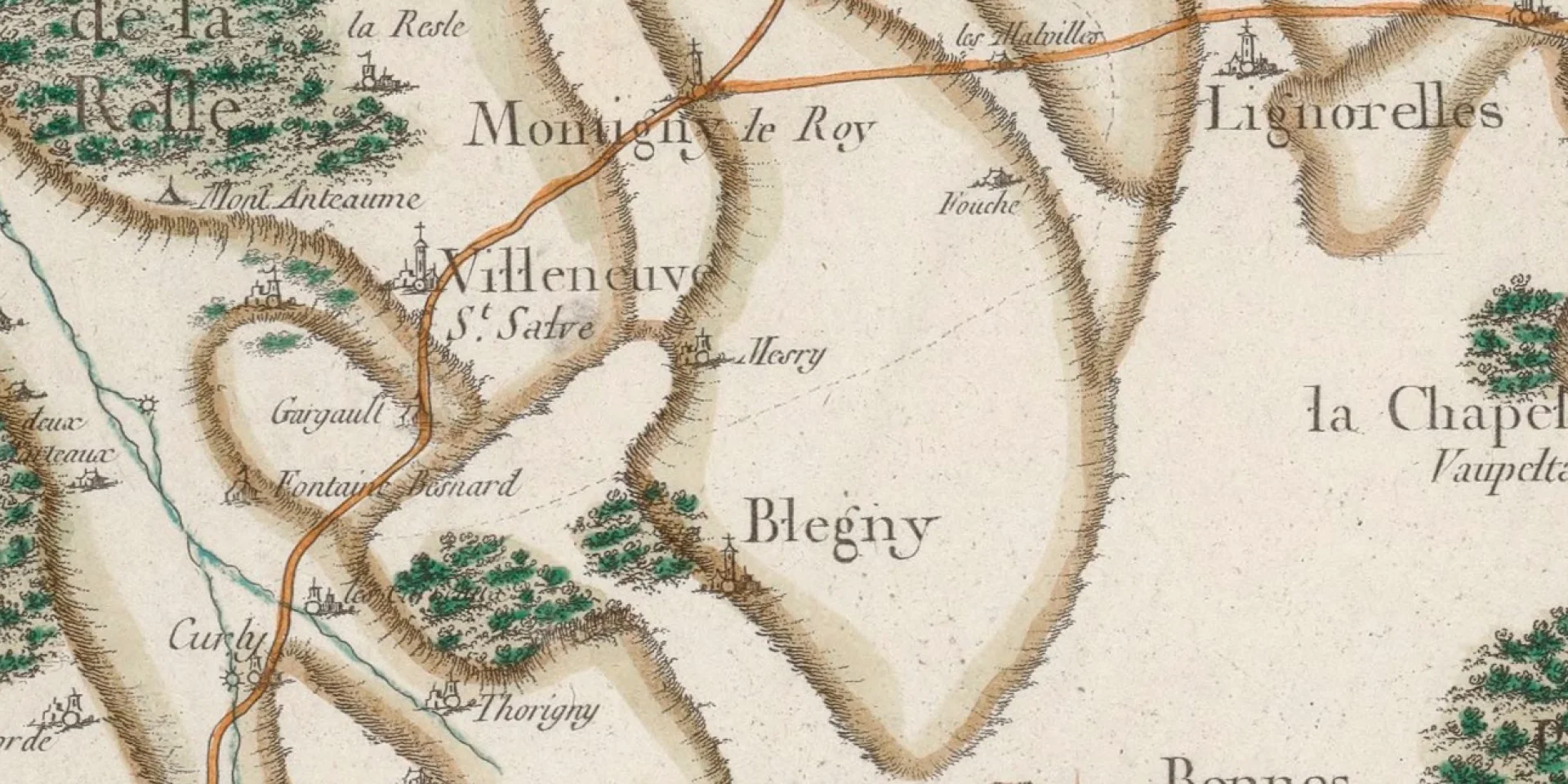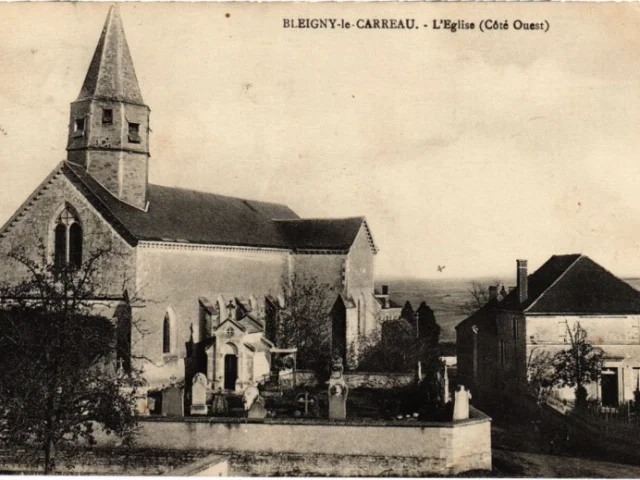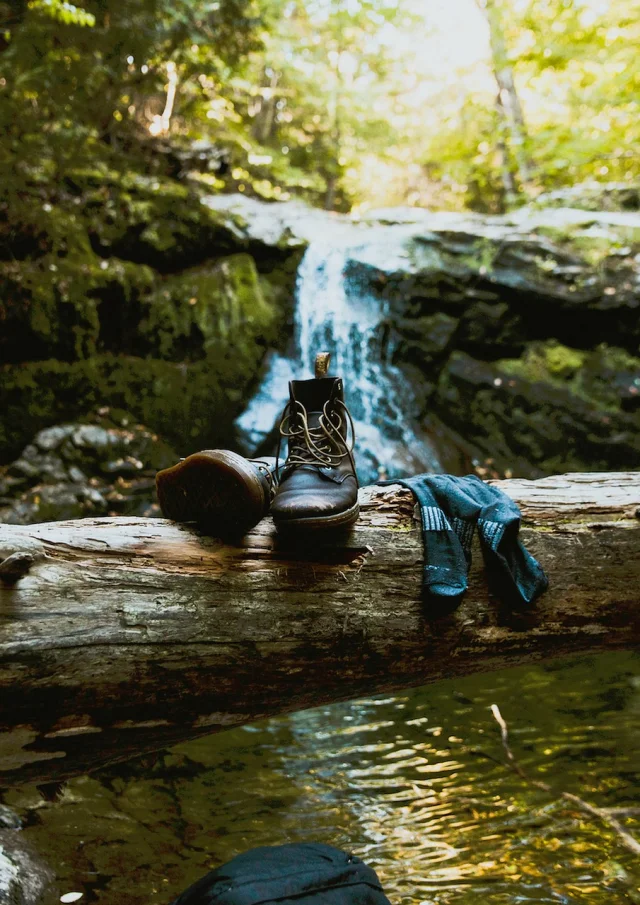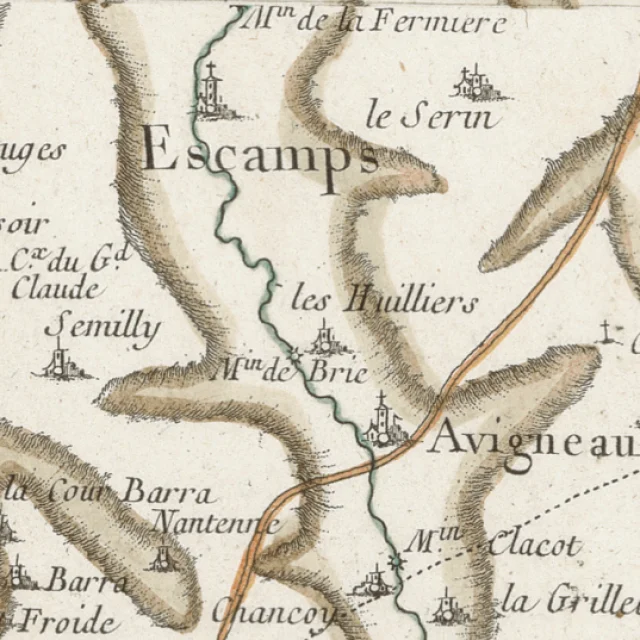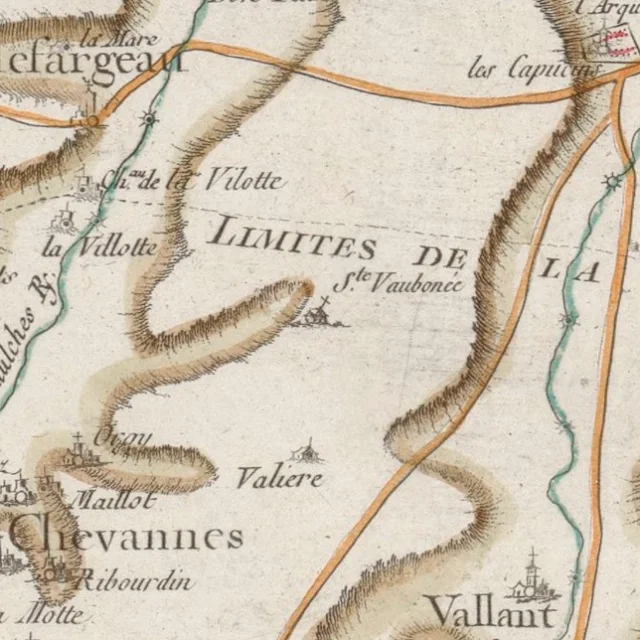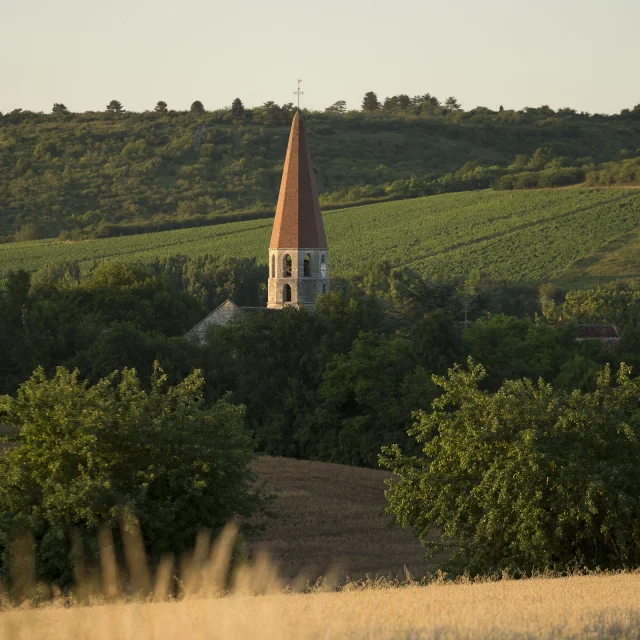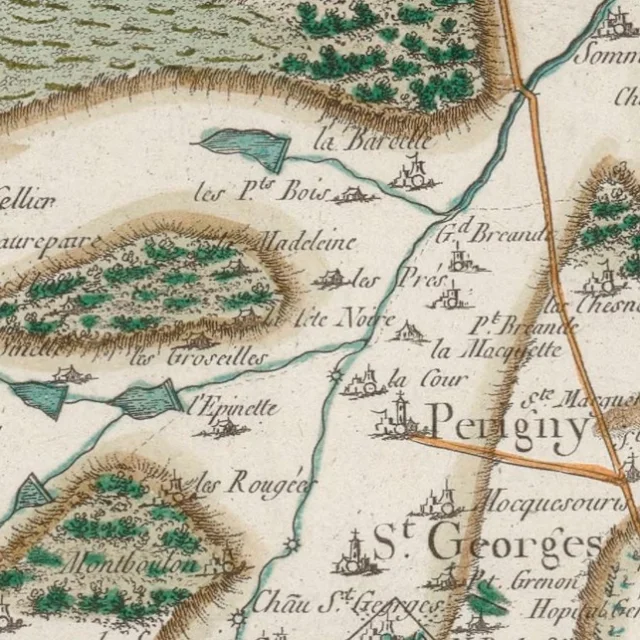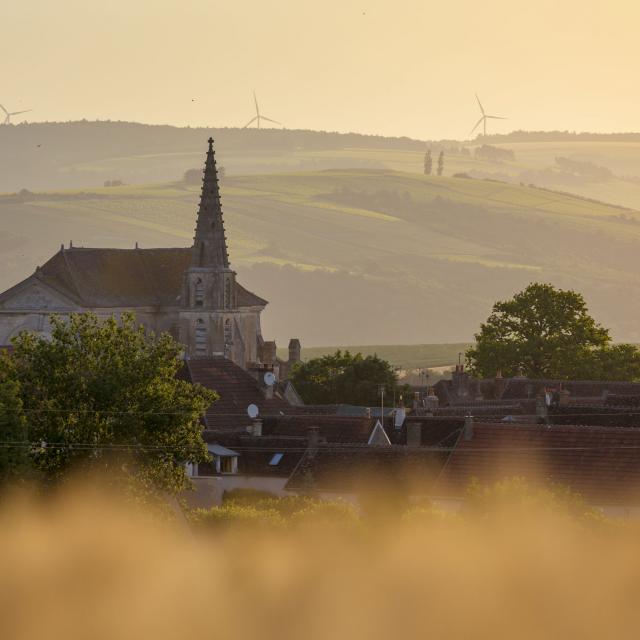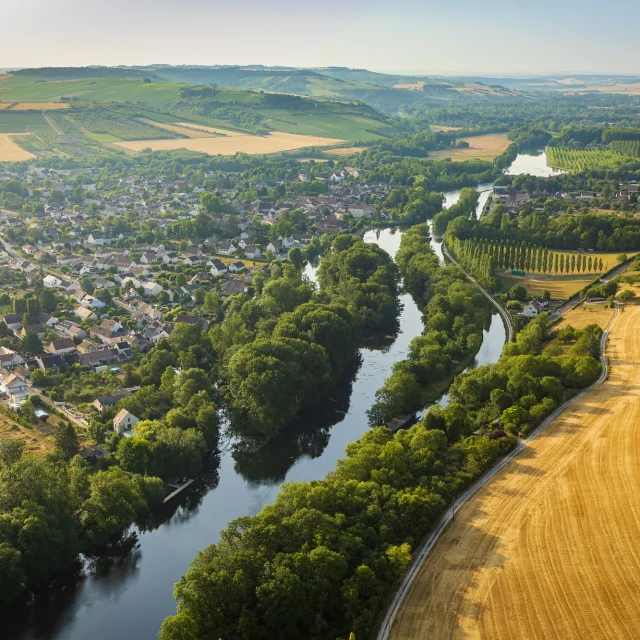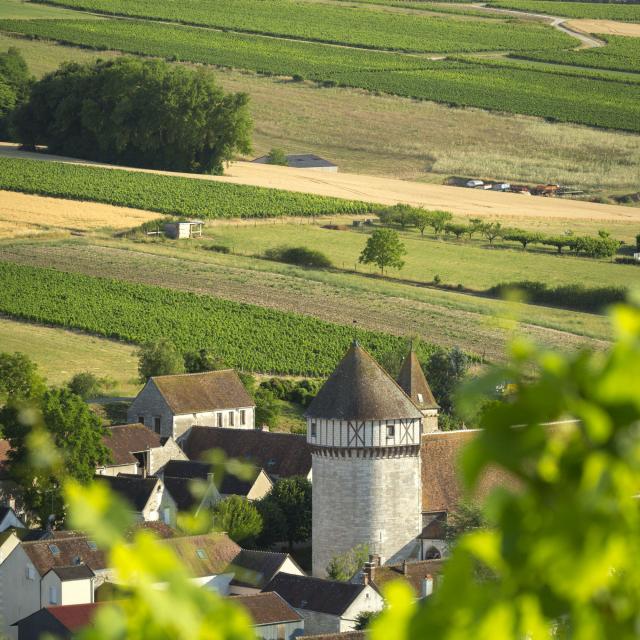The etymology of the village of Bleigny-le-Carreau has evolved over the centuries: Bleigny was once called Blaniacus, Bladiniacum, or Blenacum in the 12th and 13th centuries, with historical records also noting Blagniacum. One hypothesis links the name Bleigny to the Celtic god Belenos, protector of springs and medicine.
The current spelling, Bleigny, first appeared around the mid-14th century and stabilized as Bleigny-le-Carreau in the 16th century. This final name directly refers to the presence of several tile and ceramic factories that were established around the village during the Renaissance.
Bleigny-le-Carreau is a hilltop village in a strategic position overlooking the Roman road, with a wine-making tradition dating back to Antiquity. The surrounding forests, much diminished since the modern era, nonetheless bear witness to early Celtic life. A Celtic dolmen, once visible in the Thureau Forest, was classified as a historic monument in 1889.
The natural resources of Bleigny allowed for a stable local economy since the Middle Ages. The forests, fertile soil, and a local spring known as “du Carreau” provided the raw materials needed for the village’s industries. From the 16th century onward, tile-making and pottery became major activities, alongside the exploitation of an ochre deposit. This natural pigment soon attracted nearby religious communities. The beautiful mural frescoes in the churches of Auxerre and Puisaye still bear witness to its use.
Another renowned activity in Bleigny is viticulture. The natural slopes, clay-limestone soil, and sun exposure — similar to that of Chablis — create ideal conditions. Vineyards continue to thrive around the village, and today, Bleigny proudly maintains its winegrowing tradition with the production of Chardonnay grapes.
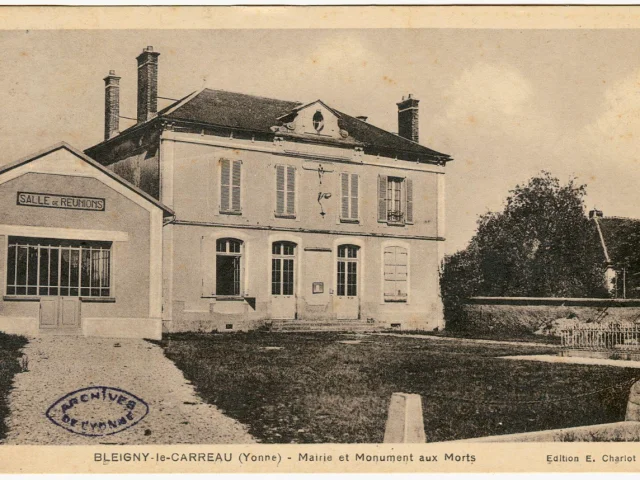 Bleigny Le Carreau. Mairie Et Monument Aux Morts. Debut Xxe Siecle Ad89 2 Fi 1481
Bleigny Le Carreau. Mairie Et Monument Aux Morts. Debut Xxe Siecle Ad89 2 Fi 1481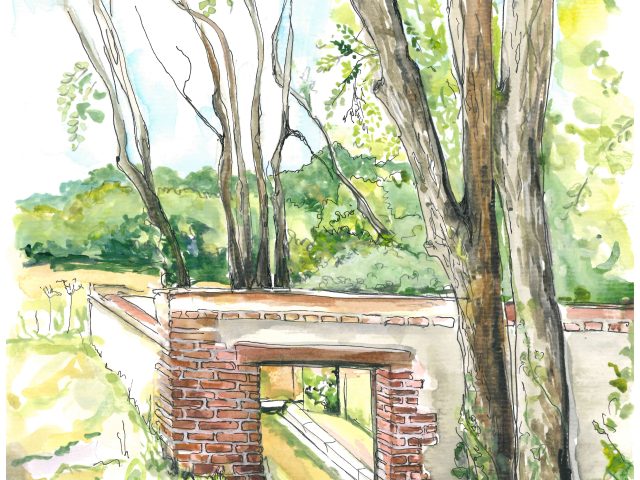 Bleigny Le Carreau
Bleigny Le Carreau